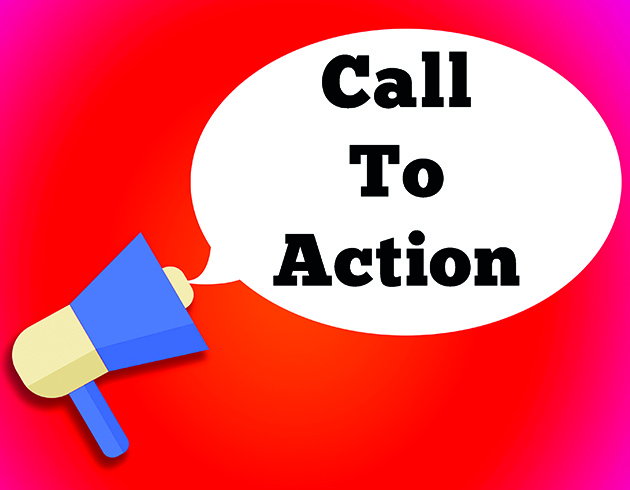You develop your creative concepts, design the campaign, publish or print the pieces, buy the media or traffic or pay the postage… Basically all the investments you’d make in any campaign. Then what? What do you want your prospect to do? And will they do it?
The return on your investment will hinge partly on the final element that ultimately relies on a few choice words – your call to action (CTA). Does it really matter what you say after you present such an amazing offer? In a word, yes.
MECLABS Institute, a marketing research organization, recently conducted an experiment to see whether a few simple word changes would affect response, and the research showed a decided difference.
The premise used in the experiment was to encourage people to order a copy of a textbook. Option 1 CTA pushed: “Sign in and order a sample.” Option 2: “Request a free copy.” With all other elements being the same, the second version garnered a 132% higher clickthrough over Option 1.
The reasons for the better response involve a series of marketing considerations – motivation, value proposition, incentive, friction, anxiety – that are wrapped up in a very human reaction.
In the first case, “Sign in” produces friction. Who wants to do that? “Order” says you’re buying something. “Sample” says it’s something small – not the whole thing. In the second case, “request” is friendly. “Free” is an evergreen magic word. “A copy” says you get the whole thing.
As someone prepares to respond to a call to action, they recognize that they’re going to pay a price – whether it’s simply contact information or something larger like their time or money. Your call to action should present the value of the decision they’re making, even as it lowers their risk. As you use your call to action to reduce their perception of the cost (the friction and/or anxiety), you help free them up for their response.

